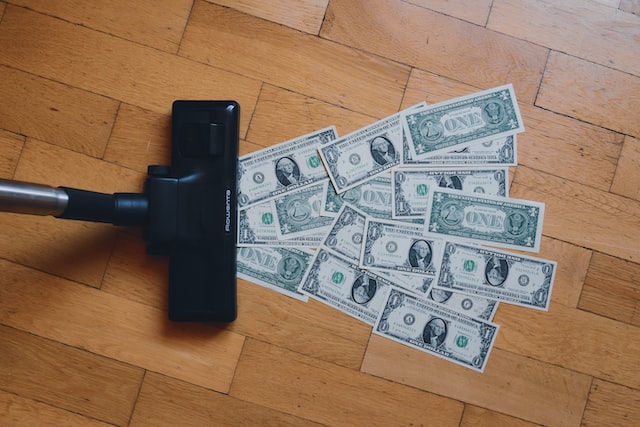
Credit Repair & Debt Collection Merchants Should See More Business in 2023
Low credit card delinquency rates have been the standard for the past few years, but experts warn that higher rates of delinquency are expected in 2023 and beyond.
S&P Global reported that credit card delinquency rates will rise back to normal rates in 2023. The trend of rising delinquency rates was notable in the S&P Global October 2022 report and the pattern shows an increase over the next few months.
Consumers have shown a lot of resilience in the face of high inflation, higher interest rates, and the possibility of an economic recession. But as stimulus checks and unemployment support fade in the rearview mirror, the fact is that this resilience will be put to the test in 2023.
All six major credit card issuers tracked by the S&P Global posted higher charge-off rates in October. That means that loans and leases removed from the books and charges as a loss has risen. These delinquencies are increasing, though slowly for now.
Credit relief merchants and debt collectors are poised to see an increase in contracts as soon as the end of 2023. For the first 6 months of 2023, the charge-off risk will be based on the aging of credit card holders that are in collections.
Credit card holders are having to face high inflation and higher interest rates which could put more strain on personal finances and mean an increase in overall delinquencies in the latter part of 2023 and the coming years.
To add to this risk, credit card debt hit an all-time high in 2022. As of November 2022, US credit card debt reached $930 billion, mostly credit to young Americans between 18 – 29, who have been relying on credit cards to tackle economic turbulence over the past few years. That was a $46 billion increase in credit card debt from 2018.
This trend shows no sign of slowing down. As young Americans are saddled with astronomical student loan debt, high inflation, high-interest rates, and now the collections agencies will target them when their debt reaches an unmanageable level. Economic experts are warning of debt bubbles in specific sectors for the past 2 years.
Perhaps there is some sense of paranoia based on the previous debt bubble collapse in 2008, but there are some real concerns on the horizon. Additionally, though young Americans are saddled with mounting debt, they are turning to cash to make purchases more than ever, a means that is not keeping up with rising inflation.
This has caused some vendors to begin aggressive lending to those with subprime FICO scores (lower than 660). According to one source, LendingClub CEO says paycheck-to-paycheck living is ‘new climate crisis’. As consumers struggle to make ends meet, long standing credit card debt will eventually tip over.
What does this mean for credit relief programs and debt collectors? It means that when the debt bubble bursts in the coming months or year, there is going to be a real need for collections services.
I am passionate about delivering results and helping my clients succeed. With my expertise in SEO, branding, and marketing, I lead the agency’s efforts to create and implement effective strategies that drive business growth. Our all-inclusive approach sets us apart from other digital media companies and ensures that our clients receive the full range of services they need for online success. If you can think of it, we can build it!
Zulu Shack Creative team members thrive on momentum. Like Zulu warriors, we strive to spearhead your idea with speed and quality.
When I’m not helping my team implement new digital marketing strategies, I enjoy playing music, hosting poker nights, reading Stephen King novels, and spending time with my wife and baby daughter.
No Comments
Sorry, the comment form is closed at this time.



